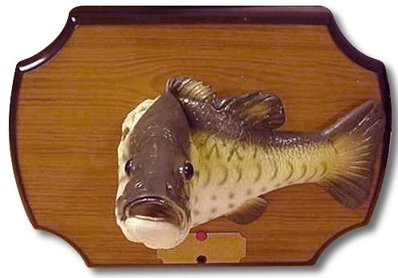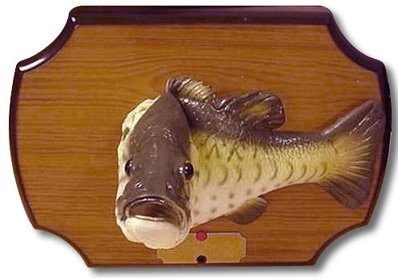
Amy likes the sushi. I can’t stand the stuff.
As part of that Salmonella-in-sushi outbreak that has now caused 116 confirmed illnesses, the U.S. Centers for Disease Control yesterday fingered the culprit: frozen raw yellowfin tuna product, known as Nakaochi Scrape, from Moon Marine USA Corporation.
Nakaochi Scrape is tuna backmeat that is scraped from the bones of tuna and may be used in sushi, sashimi, ceviche, and similar dishes. The product looks like raw ground tuna. Often it’s sold as spicy  tuna sushi. The raw yellowfin tuna product may have passed through several distributors before reaching the restaurant and grocery market and may not be clearly labeled.
tuna sushi. The raw yellowfin tuna product may have passed through several distributors before reaching the restaurant and grocery market and may not be clearly labeled.
Did you know that’s what you may be getting when you get your fancy pants sushi? Amy didn’t.
I tried to explain to Amy and dozens of reporters over the past few days, why it’s sometimes a good idea to use technology to get whatever protein is available from whatever source: but a McRib isn’t actually a rib; it’s the scrapped and gathered pieces of pork mixed with secret spices and formed into a familiar shape of deliciousness to not scare people off; sorta like how religious deities appear. Same with a lot of chicken thingies. And many have now heard of pink slime.
But sushi is for the refined crowd, who don’t lower themselves to other proteinly indulgences. At least that’s what foodies tell me.
Kill steps to control dangerous bacteria are important. So is consumer choice and buyer beware. I’m going to visit my fish monger later today. The muddies are ripe, and the barramundi are plentiful.


 importing bodies and show which types of aquatic animals, and from which countries, are most often failing inspection. The study identified a lack of inspection in the U.S. compared to its peers: only 2 percent of all seafood imported into the U.S. is tested for contamination, while the European Union, Japan and Canada inspect as much as 50 percent, 18 percent, and 15 percent of certain imported seafood products. When testing in the U.S. does occur, residues of drugs used in aquaculture, or "fish farms," are sometimes found; above certain concentrations, these drugs are harmful to humans.
importing bodies and show which types of aquatic animals, and from which countries, are most often failing inspection. The study identified a lack of inspection in the U.S. compared to its peers: only 2 percent of all seafood imported into the U.S. is tested for contamination, while the European Union, Japan and Canada inspect as much as 50 percent, 18 percent, and 15 percent of certain imported seafood products. When testing in the U.S. does occur, residues of drugs used in aquaculture, or "fish farms," are sometimes found; above certain concentrations, these drugs are harmful to humans.